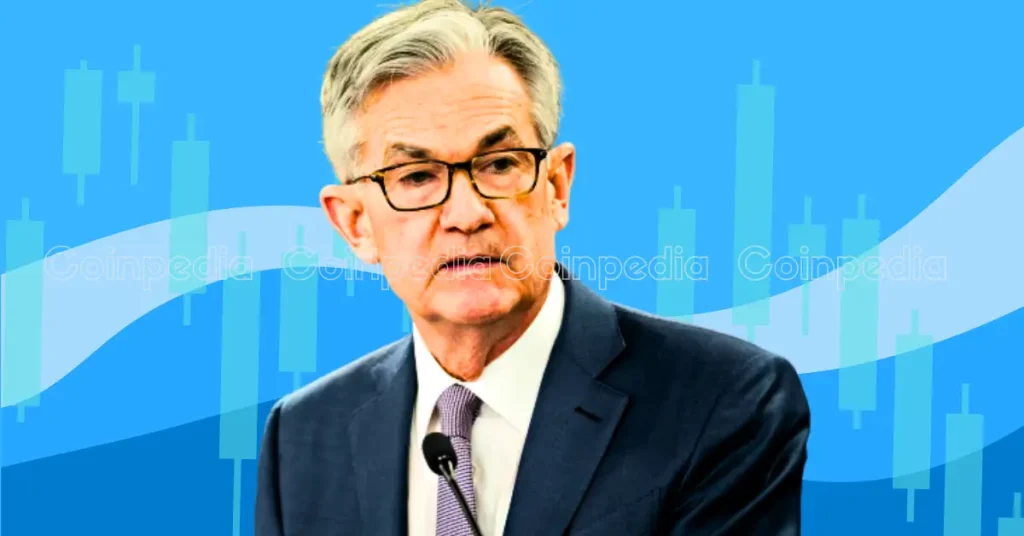
The post UAE Launches Dirham-Backed Stablecoin Under New Dubai Crypto Regulation Push appeared first on Coinpedia Fintech News
Abu Dhabi is moving closer to becoming a global fintech leader. Three major UAE organizations, International Holding Company (IHC), ADQ, and First Abu Dhabi Bank (FAB), have come together to launch a brand-new stablecoin backed by the UAE Dirham.
However, Abu Dhabi’s ambitious plan challenges the dominance of US dollar-backed stablecoins, as other countries also look to create their national alternatives.
Safe, Fast, and Global Payments
The stablecoin will be issued on the ADI blockchain, a homegrown technology. The goal is to make payments safe and easy for people, businesses, and organizations, both in the UAE and worldwide.
This stablecoin will help with everyday payments and more complex digital transactions. Since it’s backed by the local currency and follows the Central Bank’s rules, it will be safe and legal.
First Abu Dhabi Bank (FAB) will issue the coin once it gets approval from the Central Bank of the UAE. This partnership combines strong financial support, new technology, and official regulation.
UAE Going Beyond Payments
This stablecoin isn’t just for simple transactions. It’s also made for the future, supporting payments between machines and AI-powered transactions.
The goal is to create a digital currency that works in new areas like smart finance and the Internet of Things (IoT), helping the UAE stay ahead in these fast-growing fields.
Pushing UAE’s Fintech Vision
This step is part of the UAE’s larger goal to be a leader in digital finance. Last year, the country introduced its first official stablecoin, AE Coin. Recently, a local company, MGX, invested $2 billion in Binance, proving how committed the region is to crypto and blockchain.
Syed Basar Shueb, CEO of IHC, said the new stablecoin is an important step for digital finance. He is proud that IHC is using its blockchain skills in the project and that the partnership shows the UAE’s focus on leading digital currencies.
Even Mohamed Hassan Alsuwaidi, CEO of ADQ, believes this project will make the UAE’s digital systems stronger.
Countries Consider Stablecoins Not Backed by USD
As the UAE moves forward with its stablecoin, other countries like Russia are also exploring their own. Russia is considering a stablecoin backed by its currency after facing US sanctions.
Many countries are looking into stablecoins tied to their currencies or central bank digital currencies (CBDCs).
However, a report from Citigroup suggests, US dollar-backed stablecoins still lead the market, with Tether holding 90% of the $230 billion market, a 54% increase from last year.







